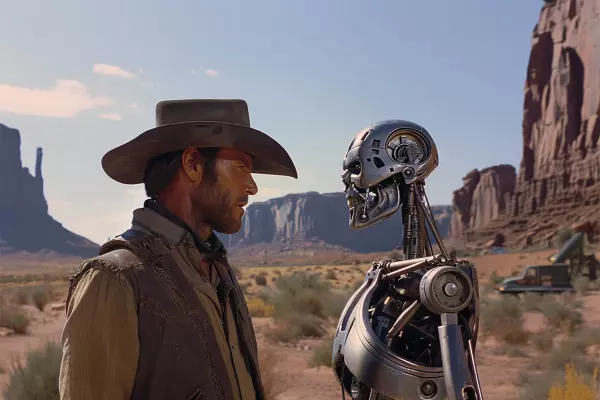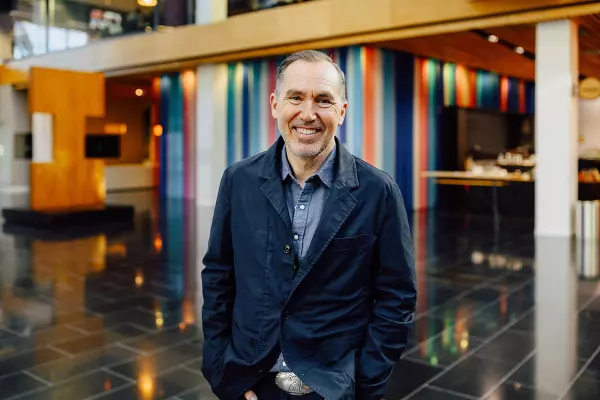I’m taking part in an intensive "mini MBA" on artificial intelligence run by Spark and the US edtech startup Section. Each week for the next month, I will outline what I am learning.
Last week, I spoke to Section CEO Greg Shove about how he uses AI in his business and the impact it will have in the broader business world. Read that article here.
_________
In the first official week of the programme, I learned about different use cases and personas for AI. I also found out that some AI tools are better at certain tasks than others.
I signed up for Claude from Anthropic, and NZME, BusinessDesk's parent company, announced that all staff now have access to Microsoft’s Copilot inside our own safe, walled garden.
This means alongside an existing OpenAPI account (for ChatGPT), I have access to three AI tools. Many of the teachers recommended Claude as the best tool for business-oriented tasks. Everyone suggested using multiple AI tools.
A lot of what I’m learning is around using AI for a first draft of almost anything, with the expectation that a human will then review it.
Section’s Edmundo Ortega took the course through the three personas he uses when working with AI (which he does a lot). He never writes a first draft of anything nowadays, but gets ChatGPT or another AI to do it for him.
On hallucinations (AI making things up), Ortega says these are not always a bad thing. In some tasks, being creative is a good thing. But when accuracy is needed, ask AI for sources, check multiple tools and simply tell the AI not to make things up.
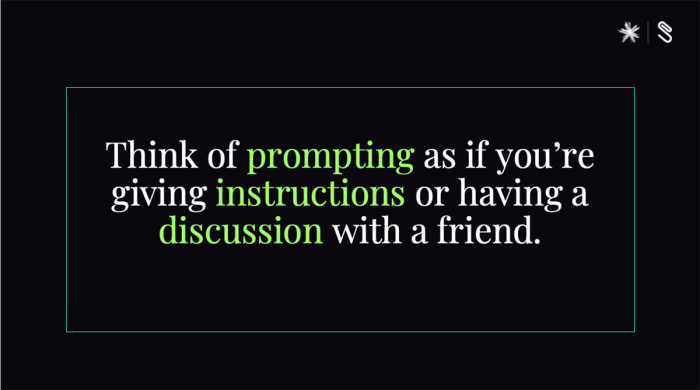
Ortega detailed three personas he has AI take on depending on the task at hand:
The assistant
- Summarise technical or academic papers.
- Generate a report from data.
- Take notes and prep for a meeting.
- Learn technical skills.
- Examine a credit card statement or “figure out what’s going on in the mind of my teenage daughter”.
The strategist
- Think through a complex plan.
- Role-play a conversation with a client or boss.
- Critique your presentation and talking points.
- Review a dataset and learn how to assess and analyse it.
- Refine your CV and cover letter.
- On a personal level, it can also help you do things like learn Italian or even as a therapist (see pi.ai)
The creator
- Generate content in your voice, such as blog posts, social media, email campaigns, etc.
- Draft project briefs and product specs.
- Review a website and write a press release about it.
- Draft employee reviews, development plans and onboarding documents.
- Write an outline of just about anything.
One of the coolest things I saw was ChatGPT using a screenshot of a website landing page to generate a press release. It did a great job.
Ortega says AI is great for repetitive tasks (high manpower) and things that take a lot of thought (high brain power).
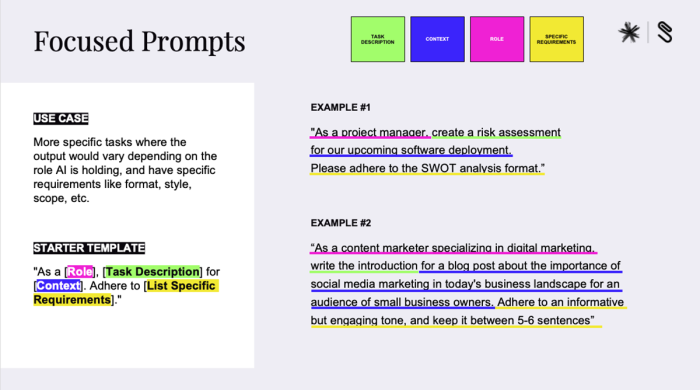
Section’s resident AI expert, Chase Ballard, gave insightful instruction on how best to prompt AI. He suggested:
- Prep: define your use case.
- Prompt: get an initial output.
- Polish: refine your output.
This makes sense to me. Regardless of which tool I was playing with, it normally took multiple attempts to get close to the answer I wanted. I did have great results getting Claude to create fake marketing personas for people who might want to subscribe to a news publication, or (horror!) cancel a subscription and why they’d do that.
I also tried to get Copilot to create an image of a newspaper editor with a crown, made of newspapers. That looked okay, but I repeatedly asked it to have the editor without a beard and it couldn't envisage the aesthetic.
Ballard recommended a prompting question framework that takes building blocks to create questions. These are task description, role, boundaries context, specific requirement and reasoning. There's an example above.
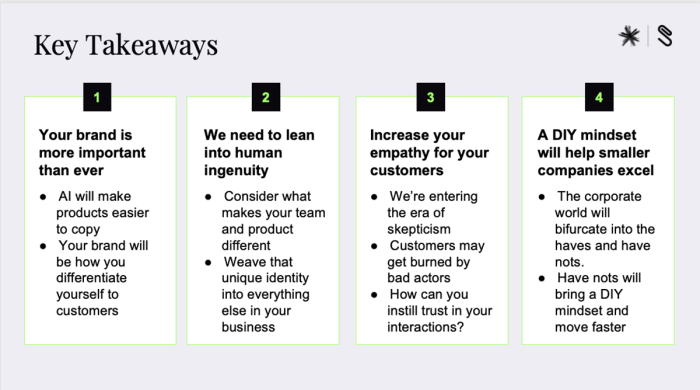
We also had a presentation from marketer and author Shiv Singh, who suggested everyone needs to proactively establish a plan that makes AI the co-pilot in our careers. Think of it as a way to augment and improve productivity, rather than as a way to slash costs.
And don’t forget to ensure that all data is protected.
Singh had interesting things to say about your brand proposition in the age of AI:
- Your brand needs to be better so it is harder to copy by AI.
- With the internet filled with synthetic data, making your brand more human will be key. (We already see that here at NZME, where we are considering how to promote our 300-plus journalists as a lot of news becomes commoditised through use of AI tools.)
- Anchor your brand in emotional benefits. Humans still run the world (for now) so appeal to their emotions.
- Market to customers in the way that resonates with them, not just through performance marketing. Anyone can pay for pay-per-click-type ads from Google or Facebook. You need to build brand empathy.
Singh also says companies need to work on better customer research, including “synthetic panels”.
If you have customer research data, or even comments on your product from social media such as TikTok, you can upload it and then ask an AI to create personas. Then get the AI tool to run a panel for 10 minutes asking questions of the personas. Once it has done that, you can ask the panel questions yourself.
The only way to test this is to compare this with a real panel, but the more data you put in, the higher the chance it will be accurate.
Finally, Singh points out that creativity will always be important. AI-generated ideas and art can come across as bland and synthetic. There's hope for journalism yet.
The series
Articles will be published each Friday:
- Week 0: Section's CEO, Greg Shove, on the impact AI will have.
- Week 1: See above.
- Week 2 (next week): Using AI as a thought partner. How AI can elevate research and play devil’s advocate on your strategy.
- Week 3: Outline of goals and workflows to increase efficiency, cut costs and improve quality across everything.
- Week 4: Putting it all into practice, where I will learn to design “a habit loop with a cue, craving and response”.
Spark has funded 150 places on the $5,000 course to help participants chart an AI-supported vision for their own business.
This is editorial content – Spark is not paying for it – though it has paid for my course placement and is paying for advertising to promote these articles.
Finally, here's another AI image I created on Copilot. I asked it for a harbour bridge with a city in the background. It gave me a great shot, but with lots of nonsense elements.













